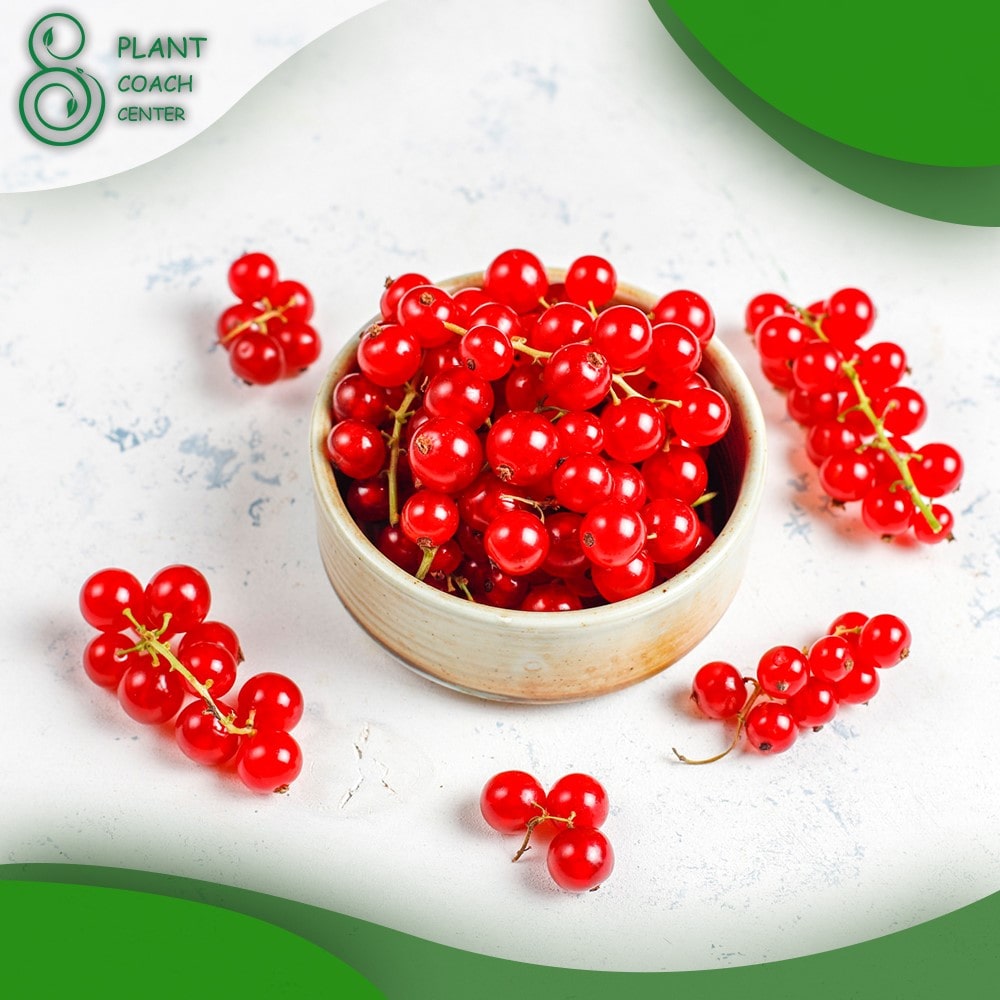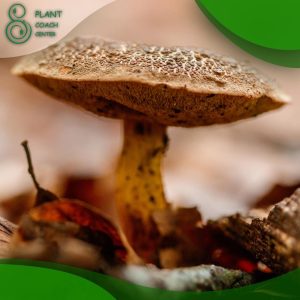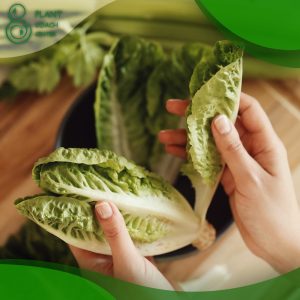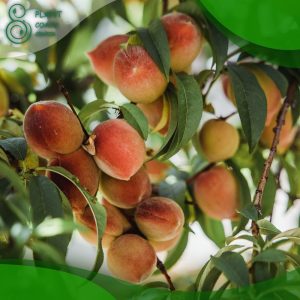Introduction: Understanding How Do Cranberries Grow?
Cranberries, a staple in holiday feasts, offer more than just a tart burst of flavor. But have you ever paused to wonder, “How do cranberries grow?” Unlike many other fruits, cranberries have a unique growing process that’s as fascinating as the fruit is delicious. This article, brought to you by plantcoachcenter.com, delves deep into the cranberry’s journey from vine to table.
The Origin of Cranberries: A Brief History
Cranberries are native to North America, where Native Americans used them for food, medicine, and dye. European settlers quickly adopted these versatile berries, and by the 19th century, cranberry cultivation had become a significant industry.
The Unique Biology of Cranberries
Cranberries belong to the Ericaceae family, alongside blueberries and huckleberries. They grow on trailing vines in sandy or peat soil. Their small, evergreen leaves stay vibrant through the year, and their dark pink flowers blossom in late spring. But the real star is the fruit – small, red, and tart berries that ripen in the fall.
How do Cranberries Grow?
So, how do cranberries grow? Contrary to popular belief, cranberries do not grow in water. They thrive in a unique type of wetland called a “cranberry bog.” These bogs provide the acidic soil conditions and ample water supply that cranberries need to grow. They’re planted in beds layered with sand, peat, gravel, and clay.
The Life Cycle of a Cranberry Vine
Cranberry vines are perennials, meaning they survive year after year. In spring, new growth sprouts from the buds that formed during the previous growing season. Flowers bloom in late spring to early summer, and bees play a crucial role in pollination. Once pollinated, the flowers develop into fruit, which matures throughout the summer and is ready for harvest in the fall.
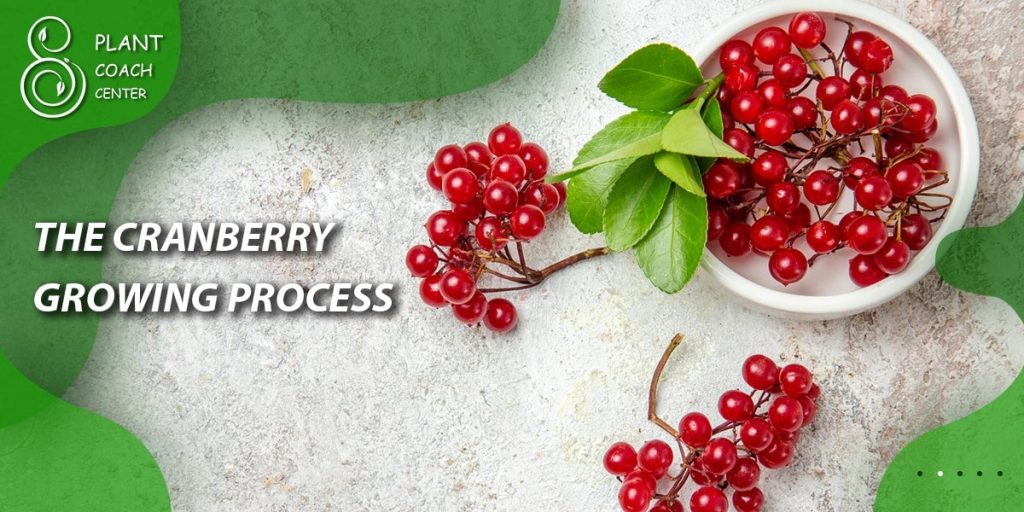
The Cranberry Growing Process: A Detailed Look
Understanding how cranberries grow involves more than knowing they thrive in bogs. Let’s delve into the nitty-gritty of cranberry cultivation.
Choosing the Right Site
A successful cranberry harvest begins with choosing the right site. Cranberries need full sun and acidic soil with a pH between 4.0 and 5.5. They also require a site with a reliable water source and good drainage.
Preparing the Soil
When preparing the soil, farmers remove weeds and grasses that could compete with young cranberry vines. They then add sand and peat to create the ideal growing conditions.
Watering and Care
During the growing season, cranberries need consistent moisture, especially during dry periods. However, they don’t like wet feet, so good drainage is essential to prevent root rot.
Pest and Disease Management
Cranberries can be susceptible to pests like cranberry fruit worm and diseases such as fruit rot. Farmers monitor their crops and use integrated pest management strategies to keep these threats in check.
Wet Harvesting
You’ve probably seen images of cranberry bogs flooded with water. This is a method called wet harvesting, used for cranberries that go into juices and sauces. The bogs are flooded, and a machine called a water reel agitates the water to dislodge the cranberries. Since the berries are hollow, they float to the surface, making them easy to collect.
Dry Harvesting
Dry harvesting is used for fresh-market cranberries. Harvesters use specially designed machines that comb the berries off the vines into a burlap sack. The berries are then cleaned and sorted for sale.
The Global Impact of Cranberry Cultivation
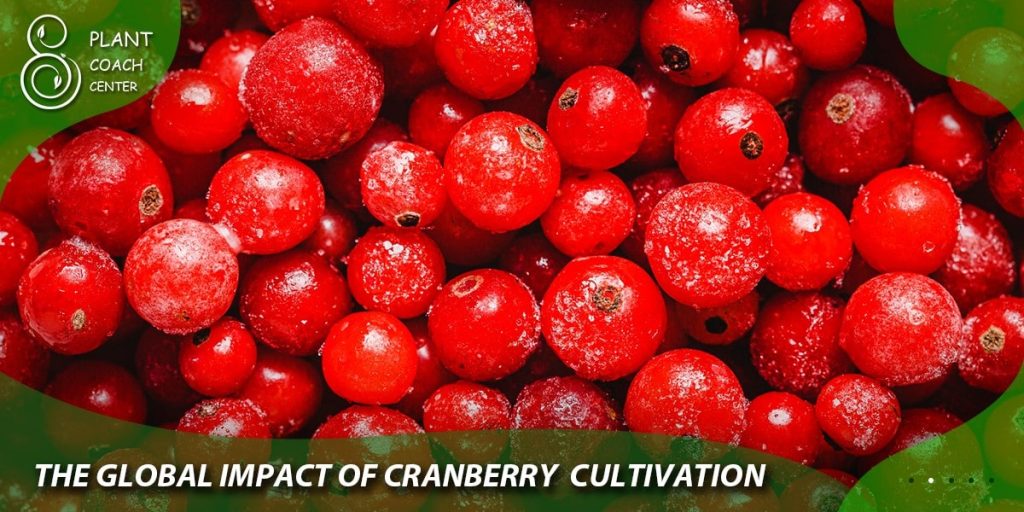
Economic Significance
Cranberries play a significant role in the global economy, particularly in the United States, where states like Wisconsin and Massachusetts are major producers. They contribute to job creation and provide income for thousands of families.
Health Benefits of Cranberries
Cranberries are packed with antioxidants and vitamins, known for their health benefits, such as preventing urinary tract infections and boosting heart health. They also add a unique flavor profile to a variety of dishes.
Learn more about cranberry harvesting methods
Cranberry harvesting is a fascinating process that comes in two primary forms: dry harvesting and wet harvesting. Each method is unique and caters to different end uses of the fruit.
Dry Harvesting
Dry harvesting is typically used for cranberries that will be sold fresh in markets. This method is labor-intensive and requires more delicate machinery to ensure the berries are not damaged.

In this process, farmers use walk-behind machines that resemble large lawnmowers. These machines have metal teeth that “comb” the berries off the vines and deposit them into attached burlap bags. Once the bag is full, it’s removed, emptied, and replaced with an empty one. The collected berries are then taken to a cleaning facility where leaves, stems, and any damaged berries are removed.
One of the significant advantages of dry harvesting is that it allows the berries to be sold fresh and used in recipes where whole berries are required. It’s a sight to behold when these berries are harvested, often in the cool, crisp autumn air, with farmhands diligently working the fields.
Wet Harvesting
On the other hand, wet harvesting is used for cranberries that will be processed into products like juice, sauce, or dried cranberries. If you’ve seen pictures of cranberry farmers wading through waist-deep water, that’s wet harvesting.
In preparation for wet harvesting, the cranberry bog is flooded with up to 18 inches of water the night before the harvest. On the day of the harvest, water reels, nicknamed “eggbeaters,” are used to stir up the water, dislodging the cranberries from the vines. Because cranberries have small air pockets inside them, they float to the surface of the water.
Once the berries are floating, they’re corralled together and conveyed into a pump that gently moves them into a truck or a container. From there, the berries are taken to a cleaning facility where they are sorted and processed.
Wet harvesting is a mesmerizing sight, with the sea of red berries floating on the water, and it has become a popular tourist attraction in many cranberry-growing regions.
Environmental Considerations in Cranberry Harvesting
Cranberry farming, like any agricultural practice, can have environmental implications. However, cranberry growers have taken significant strides to address these concerns and cultivate their crops sustainably. Here are some of the environmental considerations associated with cranberry farming.
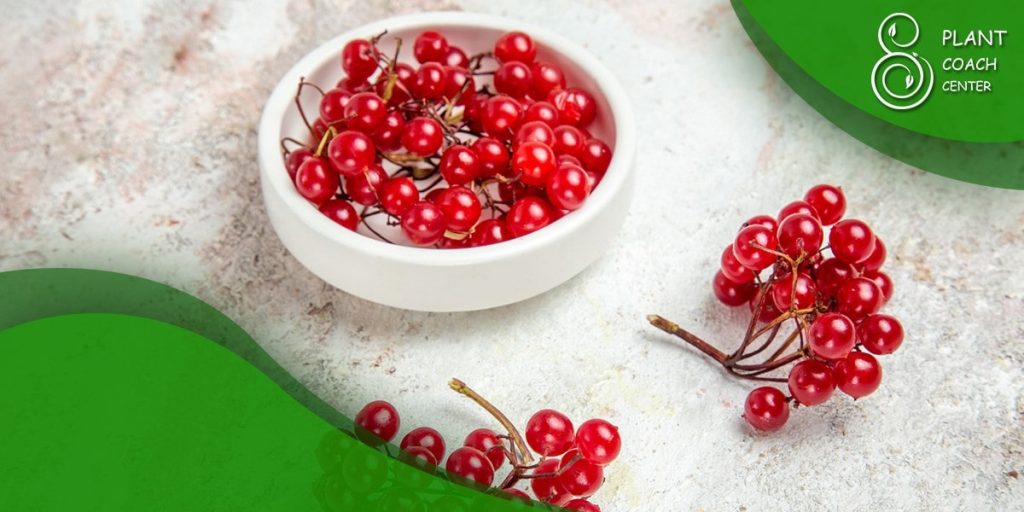
Water Usage
Cranberry cultivation requires a substantial amount of water for irrigation, frost protection, and especially for wet harvesting. This can potentially strain local water resources, particularly in regions where water scarcity is a concern.
However, many cranberry growers use water management practices to minimize their impact. For example, they often recycle water within the cranberry marsh system and capture rainwater for use in irrigation and flooding. The use of efficient irrigation systems also helps to reduce water consumption.
Impact on Wetlands
Cranberries typically grow in natural wetland areas, which are critical habitats for many species and play an essential role in water purification. Converting these areas into cranberry bogs can potentially disrupt local ecosystems.
However, cranberry farms can also provide habitat for a variety of wildlife. Many growers work to maintain and enhance the biodiversity of their farms by preserving non-cropped areas as natural habitat.
Use of Pesticides
Like many crops, cranberries can be susceptible to pests and diseases that can reduce their yield. As a result, cranberry growers sometimes use pesticides to protect their crops.
However, there is a growing trend towards integrated pest management (IPM) strategies in cranberry farming. IPM involves monitoring for pests and diseases, using pest-resistant cranberry varieties, and only using pesticides as a last resort. This approach can help reduce the overall usage of pesticides and mitigate their impact on the environment.
Conclusion
Now that you’ve explored the journey of a cranberry from bog to table, you can appreciate these tiny red fruits even more. Understanding “how do cranberries grow” provides insight into the hard work and dedication of farmers who cultivate this unique crop. So, the next time you enjoy a cranberry sauce or juice, remember the remarkable journey these little berries have undertaken.
How do cranberries grow?
Cranberries grow on vines in special wetlands called bogs.
Do cranberries grow in water?
No, they grow on dry land. However, water is used for harvesting and frost protection.
What are the ideal conditions for growing cranberries?
Cranberries thrive in full sun, in acidic, well-drained soil. They also require a consistent water source.
How are cranberries harvested?
Cranberries are harvested using two methods: wet harvesting for berries used in juices and sauces, and dry harvesting for fresh-market berries.
When is cranberry harvest season?
Harvest season typically runs from September to November.
What are the health benefits of cranberries?
Cranberries are rich in antioxidants and vitamins, known to prevent urinary tract infections, boost heart health, and more.


